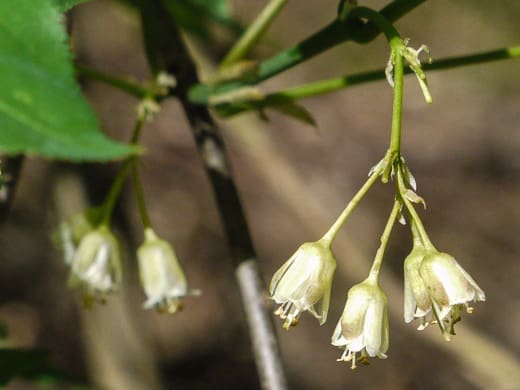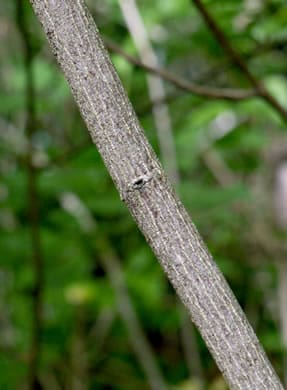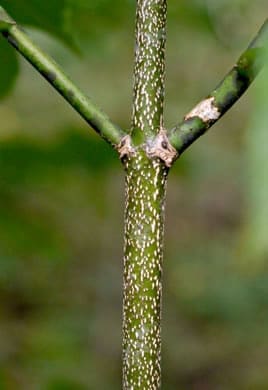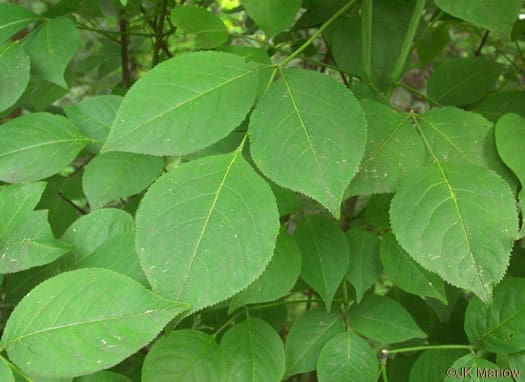Staphyleaceae
bladdernut
Staphylea trifolia
Plant Type
Small Tree/Large Shrub (10-25 ft)
Life Cycle
Perennial
Typical Size
10-15 ft. tall
10-15 ft. wide
Tolerant of
Occasional Flooding
Inolerant of
Poorly Drained Soil
Propagation
By seed, By cutting
Plant Propagation Notes
Seeds have double dormancy and require a warm stratification followed by a cold stratification to germinate. Cuttings root easily from soft or hardwood.
Plant Planting Notes
Bladdernut trees tend to sucker. Do not grow will in compacted soils.
Plants/Diseases
No significant disease or pest issues. Resistant to honey fungus.
Wildlife Benefits
Nectar/pollen source for pollinating insects
Leaves
Leaves opposite, compound with serrate margins.
Flowers
Showy white to green bell-shaped flowers in panicles.
Fruit
Inflated bladder-like capsules.
Bark
Brown to red.
Toxicity
No know toxicity.
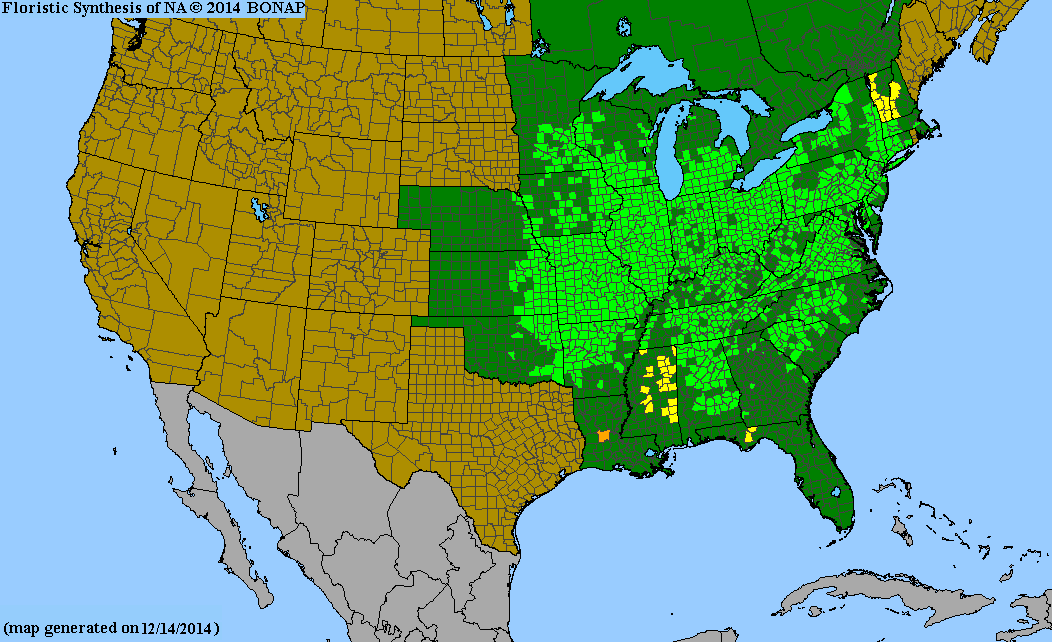
USDA Hardiness Zones
3, 4, 5, 6, 7, 8
Light Exposure
Full Sun, Part Sun/Shade
Soil Moisture
Medium, Moist
Native in South Carolina?
Yes
Plant Native Habitat
Bottomland forests and upslope in nutrient-rich soils over calcareous rock.
Global Conservation Status (NatureServe)
Secure (G5)
Federal Conservation Status (USFWS)
Not Listed
Distribution Notes
Rare in the South Carolina coastal plain and sandhills. Common in the piedmont. Uncommon in the mountains.

